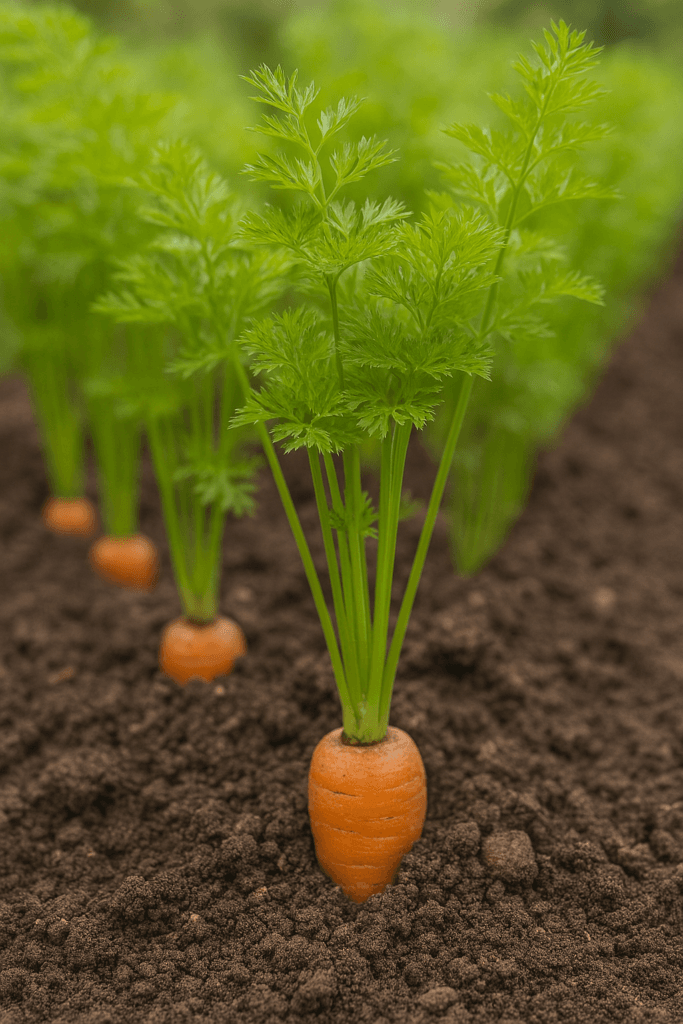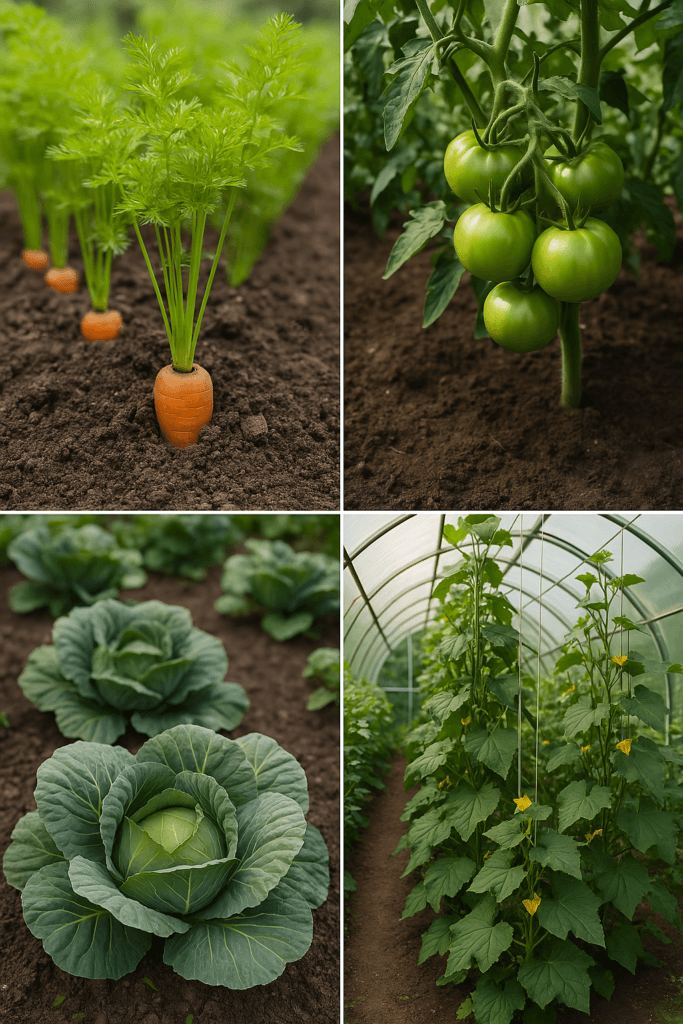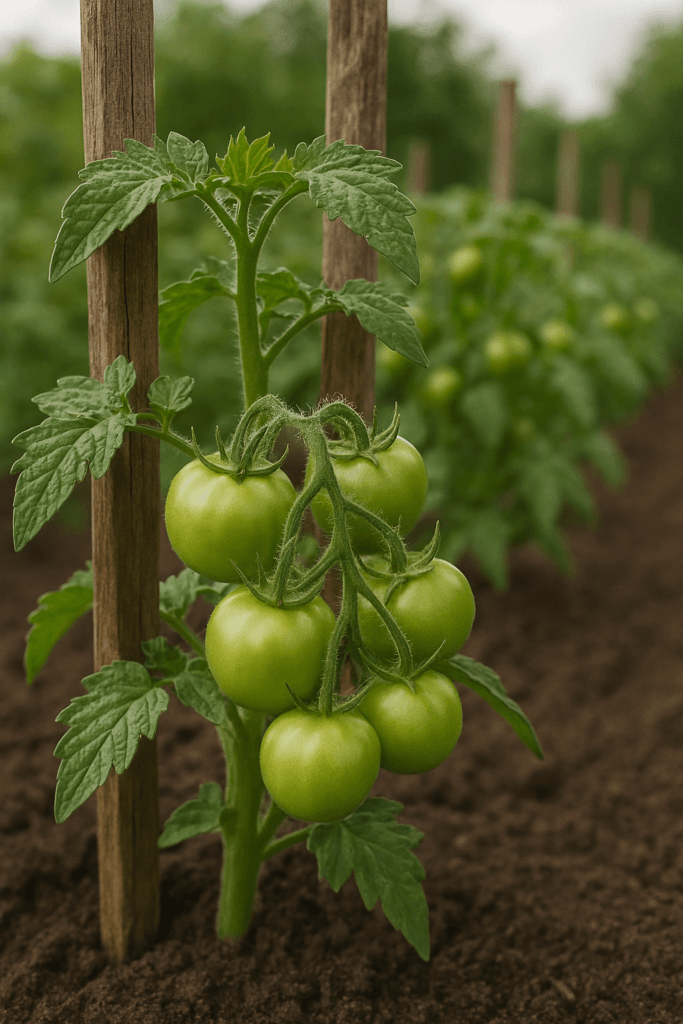*This article contains affiliate links*
Looking for a way to get your children outside, away from screens, and doing something hands-on? Learning how to grow vegetables with children is a brilliant way to teach them about nature, healthy eating, and responsibility — all while having fun as a family. The best part? You don’t need a huge garden to get started.
Here’s how to grow your own veg with children, even if you’ve only got a few pots and a windowsill.
Why Gardening With Children Is Worth It
Gardening offers so many benefits for kids:
- Encourages healthy eating
- Supports fine motor skills and coordination
- Builds patience, responsibility, and confidence
- Sparks curiosity about science and the environment
Plus, children are more likely to try fruit and veg they’ve grown themselves!
Start With Easy, Fast-Growing Crops
Children (and parents) love quick wins, so start with vegetables that grow fast and don’t need too much fuss:
- Radishes: Ready in 4–6 weeks
- Lettuce: Quick to sprout and harvest
- Peas: Fun to pick and sweet to eat
- Carrots: Great in pots and fun to pull up
- Cherry tomatoes: Easy to grow in containers with a sunny spot
Choose a few favourites, and let your child help pick what to grow — they’ll be more invested in the process.
Use Containers, Raised Beds or Grow Bags
No garden? No problem. You can grow plenty of vegetables in:
- Pots and tubs
- Hanging baskets
- Grow bags
- Window boxes
- Recycled containers (just make sure they have drainage holes)
Use good quality compost and choose a sunny spot, ideally with 6+ hours of sunlight per day. Herbs like basil and chives also do well on a sunny windowsill.
Give Each Child Their Own Patch or Pot
If you’ve got more than one child, let them each have their own container or mini plot. They can decorate their pot with their name or paint it with patterns. Giving them ownership boosts enthusiasm and helps prevent squabbles!
You can even create a “pizza garden” with basil, tomatoes, and peppers in one container, or a “rainbow garden” with different coloured veg.
Make It Fun and Hands-On
Children learn best through play, so keep things fun:
- Let them dig, water, and plant with their hands
- Use colourful kid-sized tools
- Measure how tall the plants are getting and track growth with pictures
- Create labels using lolly sticks or painted stones
Even watering can become an exciting daily task when it’s “their job.”
Teach As You Go
Gardening is a brilliant opportunity to teach without it feeling like a lesson. Talk about:
- What plants need to grow (sunlight, water, soil)
- The role of bees and worms
- Why composting helps the planet
- The lifecycle from seed to plate
Let children ask questions — even if you don’t know the answers, you can look them up together.
Deal With Setbacks Together
Sometimes seeds don’t sprout, slugs get in the way, or the weather takes a turn. Use this as a chance to talk about patience and problem-solving.
You could:
- Try again with different seeds
- Create a DIY slug trap
- Move pots to a more sheltered area
Gardening helps children understand that not everything goes to plan — and that’s okay.
Celebrate the Harvest
When it’s time to pick your vegetables, make it a celebration:
- Take photos with their harvest
- Prepare a simple meal using what you’ve grown (e.g. salad, soup, or pizza toppings)
- Share with family or friends
Children feel proud when they can say, “I grew that!”
Final Thoughts
You don’t need a huge garden or expert skills to grow vegetables with children. A few containers, a packet of seeds, and a bit of patience are enough to get started. It’s not just about growing food — it’s about growing confidence, curiosity, and connection.
Give it a try this spring and watch your garden — and your kids — thrive.





2 comments
Thank you for sharing this information. Fun fact: your favorite color can reveal a lot. Test it here: Color Personality Test
This guide highlights the wonderful benefits of gardening with children. It’s more than growing food—it teaches patience, problem-solving, curiosity, and pride. The tips on involving kids in every step, from planting to harvest, make learning fun and meaningful. Even small spaces can become a rich educational experience.